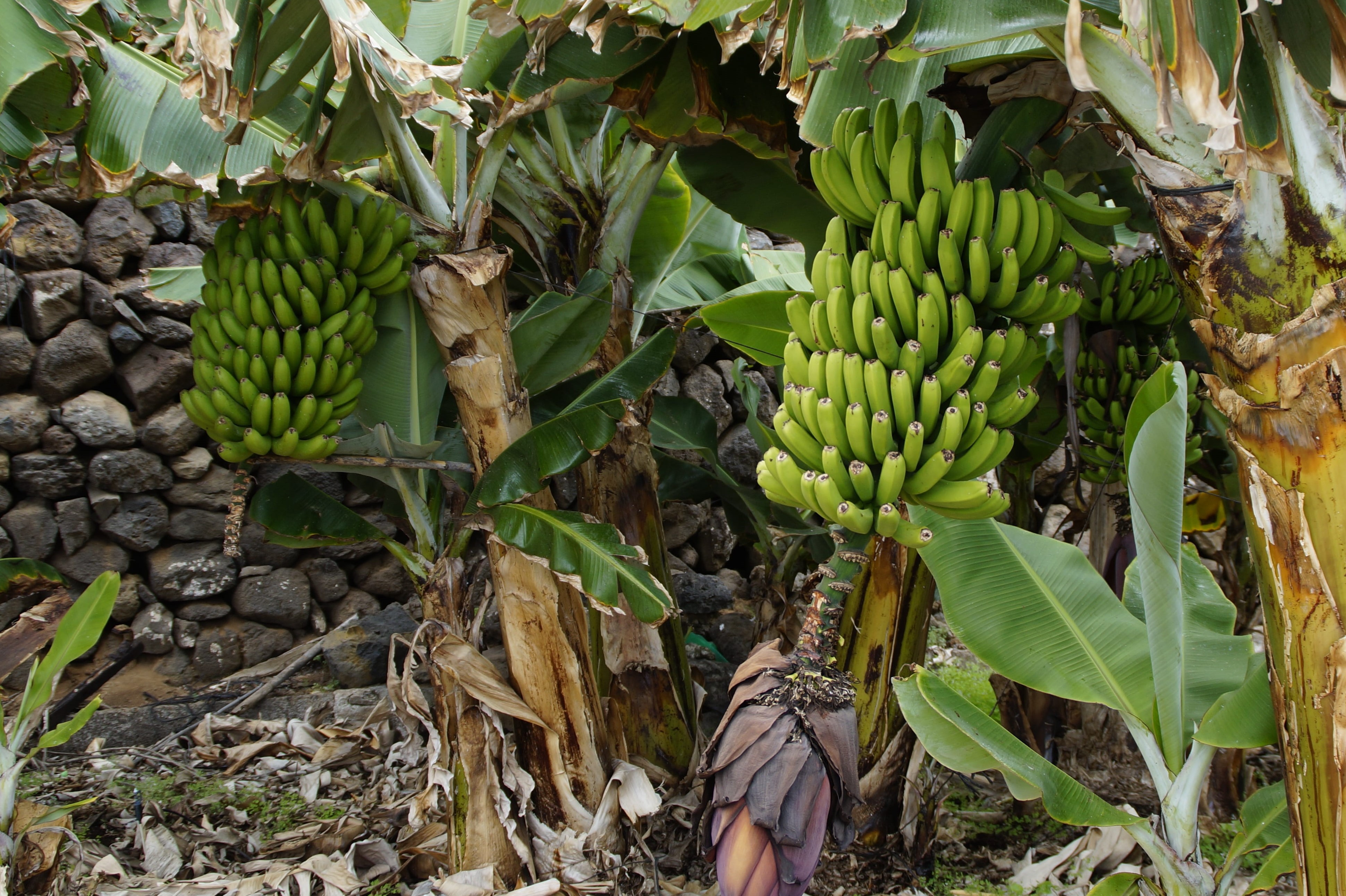Media release
From:
GLOBAL CHANGE WILL CHALLENGE NEW ZEALAND’S BIOSECURITY DEFENCES
New, invasive plant-destroying insects, weeds and diseases will increasingly challenge New Zealand’s borders as a warming climate and other global ‘megatrends’ make our plants and ecosystems more exposed and vulnerable; a new report proposes.
The prediction is contained in the ‘Global Change and New Zealand Biosecurity’ report, published today by the Better Border Biosecurity (B3) research collaboration. The report is the culmination of a two-year government funded B3 research project to review how global changes could impact New Zealand’s plant biosecurity system and the various productive and natural ecosystems it protects.
B3 is a national biosecurity collaboration that links world-class scientists with government agencies, industry and iwi to collectively strengthen New Zealand’s defences and protect our precious plants.
B3 project leader Nicolas Meurisse was one of four report authors. The invasion ecologist says New Zealand is already experiencing the negative impacts of established invasive species and future changes in land use and agricultural practices will exacerbate some of these impacts. Other trends such as climate change and globally increasing pest emergences and movements will also challenge our ability to prevent future invasions.
“Biological invasions are already a big concern for New Zealand with its unique insular ecosystems and being home to one of the highest proportions of threatened indigenous species in the world. Our economy is also very dependent on our primary sector. We knew global change would bring more challenges so we began to study what these were likely to be and how we can prepare for them.”
The project team reviewed the many ‘global megatrends’ that will affect our future and, specifically, New Zealand’s plant border biosecurity systems. They found megatrends and their impacts were interconnected and complex and the resulting future, consequently, extremely difficult to predict. However, megatrends such as changes in trade routes, extreme weather, sea and air currents, human movement, and international conflict are all likely to result in an increased risk of entry to New Zealand by ‘alien’ plant pests.
Meurisse says one of the most predictable – and impactful – megatrends is rising C02 levels and resulting warmer climates. This became a focus of the report. Climate change will affect our growing environments and the pests and diseases that threaten them, both ‘sleeper’ threats already in New Zealand and new ‘alien’ ones, and significantly affect future biosecurity risk.
The report found:
-
Existing crops, such as kiwifruit, citrus, grapes and avocados, may be grown in new areas as local climates change; new crops may become viable, such as peanuts, soybeans, chickpeas, quinoa, oats, pineapple, banana and rice. Other land use changes will likely favour more forestry and dairy industries, and reduced sheep and beef production.
-
These current and future crops, as well as plants in natural landscapes (which cannot be moved to suit warmer climates), will likely be threatened by new suites of pests, weeds and pathogens that may or may not already be present in New Zealand.
-
Predicting exactly which ‘alien’ pest and pathogen species will emerge and threaten New Zealand as a result of global change will be difficult, so New Zealand’s border biosecurity system must be robust, resilient and responsive to new threats as they appear. A key factor will be the health of our ecosystems and their resilience to extreme events, such as local floods, droughts, and wildfires. These events may facilitate spread of pests and diseases, which in turn affect the resilience of ecosystems to extreme events.
Meurisse says natural environments, such as native forests, may be especially vulnerable to invading biosecurity threats. These could be adversely impacted by the combined effects of biological invasions, climate warming and other human-related pressures.
The report says research is needed to address the biosecurity implications of global megatrends, including climate change and ensure New Zealand’s border system is robust, resilient and responsive to the wide range of future biosecurity challenges, both predictable and unpredictable. Examples include developing new methods to forecast, track and monitor changing border pressures, and better understanding the vulnerabilities of New Zealand plants and ecosystems and potential impacts of invasive pests and pathogens.
The report concludes: “It is impossible to predict the future, particularly in an area as complex as global change where so many factors are interacting. Preparing for future biosecurity challenges needs to be a collective task to ensure we are able to respond as needed to protect New Zealand’s unique plant systems.”
B3 Co Director Māori Alby Marsh says the collaboration has a new Māori Strategy that, among other things, recognises Te Tiriti and the overarching principles of Partnership, Protection and Participation with Mana Whenua in all B3 research programmes.
“It is important for us as researchers to be inclusive with our science by fostering deeper meaningful relationships to better understand mātauranga and develop programmes of research that encourages broader representation and participation. The Global Change and New Zealand Biosecurity report highlights coming issues of huge importance for tangata whenua and the plants they grow and nurture. Mātauranga Māori experts are also observing this change and are trying to understand the impacts of climate warming. For example, ‘tohu’ or environmental indicators and the timing of their occurrence may be changing which could have a bearing on the timing of planting or harvest.



 New Zealand
New Zealand


